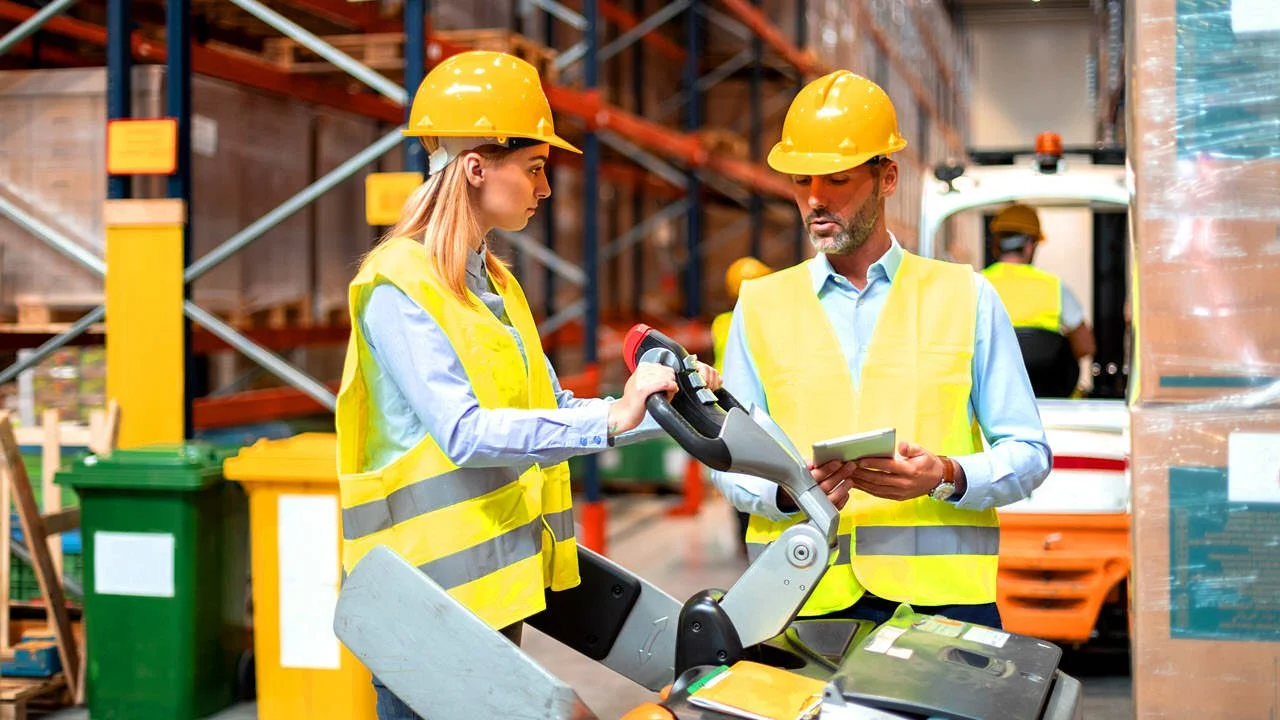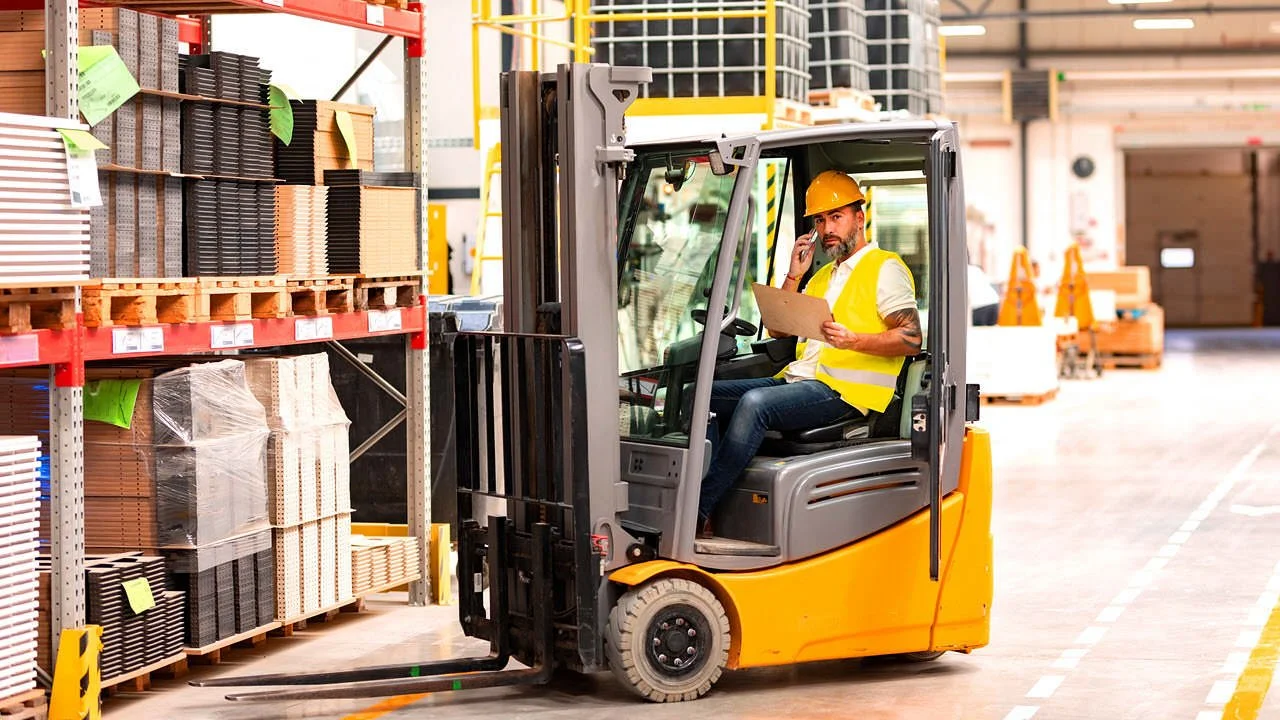The Top 8 AI Pedestrian Detection System Features for EHS Professionals
As workplace safety technology evolves, Environmental Health and Safety (EHS) professionals are becoming increasingly sophisticated in their requirements for AI-powered pedestrian detection systems. Based on recent market analysis and procurement patterns, here are the critical features that separate winning solutions from those that struggle to scale beyond pilot programs.
1. Multi-Camera Coverage Without Multiple Processors
What EHS wants: Complete 360-degree coverage around mobile equipment using 3-4 cameras managed by a single processing unit.
Why it matters: Two-camera limitations force expensive dual-processor installations, dramatically increasing both hardware costs and installation complexity. EHS professionals want comprehensive blind spot elimination without the budget shock of multiple processing units.
2. Active Vehicle Intervention Capabilities
What EHS wants: Systems that can automatically slow down or stop equipment when pedestrians are detected, not just provide alerts.
Why it matters: Alert-only systems depend entirely on operator response time and attention. Active intervention features provide a critical safety backup that can prevent incidents even when operators are distracted or unable to react quickly enough.
3. Seamless Integration with Existing Fleet Management Systems
What EHS wants: AI detection data that flows directly into their current telematics platforms, safety dashboards, and reporting tools.
Why it matters: Safety managers don't want another standalone dashboard to monitor. Systems that integrate with existing infrastructure reduce administrative overhead and enable consolidated safety reporting that executives actually review.
Industrial forklift equipped with four-camera AI pedestrian detection system providing 360-degree coverage around mobile equipment in distribution center
4. Scalable, Modular Pricing Structures
What EHS wants: Flexible pricing that doesn't penalize larger deployments and offers cost-reduced options for basic coverage needs.
Why it matters: Successful pilots often die during the scaling phase due to sticker shock. EHS professionals need predictable, volume-friendly pricing that makes business cases easier to justify for fleet-wide rollouts.
5. Customizable Detection Zones and Alert Parameters
What EHS wants: The ability to configure different alert zones, sensitivity levels, and response protocols based on specific operational environments.
Why it matters: Warehouse environments differ significantly from outdoor construction sites. One-size-fits-all systems create either too many false alarms or miss legitimate safety concerns.
6. Proven Local Support and Installation Networks
What EHS wants: Fast, reliable local installation and service support that can handle deployments within days, not weeks.
Why it matters: Technology downtime in safety systems is unacceptable. EHS professionals prioritize vendors with established service networks over those with superior technology but limited support infrastructure.
7. Quantifiable ROI and Compliance Documentation
What EHS wants: Clear metrics showing incident reduction, near-miss prevention, and regulatory compliance benefits that can be presented to executives and insurers.
Why it matters: Safety investments require business justification. Systems that provide detailed analytics on safety improvements and compliance documentation make budget approvals significantly easier.
EHS manager analyzing integrated safety management system showing AI pedestrian detection data merged with fleet telematics and incident reporting metrics
8. Hybrid Detection Capabilities
What EHS wants: Systems that combine AI vision with complementary technologies like proximity sensors for redundant safety coverage.
Why it matters: No single detection method is perfect in all conditions. Hybrid systems provide backup coverage during challenging lighting, weather, or operational scenarios where vision-only systems might struggle.
The Pilot-to-Scale Challenge
The most successful AI pedestrian detection systems address what industry experts call the "pilot-to-scale gap." Many solutions perform well in small trials but fail when EHS teams attempt larger deployments due to cost scaling, installation complexity, or integration challenges.
Systems that maintain consistent hardware and software approaches between pilot and full deployment, while offering volume pricing and streamlined installation processes, consistently outperform technically superior solutions that create deployment obstacles.
What This Means for EHS Professionals
When evaluating AI pedestrian detection systems, prioritize vendors who can demonstrate not just technical capability, but operational scalability. The most advanced AI algorithms mean little if the system can't be cost-effectively deployed across your entire mobile equipment fleet.
Riodatos specializes in helping organizations navigate these complex technology decisions and ensure successful deployments that deliver measurable safety improvements.
Key evaluation questions to ask:
Can one processing unit handle complete vehicle coverage?
What active safety interventions are available?
How does the system integrate with our existing safety infrastructure?
What does pricing look like at 20, 50, and 100+ unit deployments?
Where is the nearest certified installation and service support?
About Riodatos
Riodatos is the leading EHS technology integrator across the Americas, specializing in industry-specific AI pedestrian detection and forklift safety solutions. We provide comprehensive services from vendor selection to procurement through implementation and ongoing support, ensuring your safety systems deliver measurable incident reduction and strong ROI.
Industry Resources:
National Institute for Occupational Safety and Health (NIOSH) - Mobile Equipment Safety Guidelines
Industrial Truck Association (ITA) - Safety Standards and Best Practices
American Society of Safety Professionals (ASSP) - EHS Technology Implementation Guides
Contact Riodatos: For deeper market intelligence on industrial safety technologies and competitive positioning analysis, visit riodatos.com
Title: The Top 8 AI Pedestrian Detection System Features for EHS Professionals | Riodatos
Meta Description: Discover the critical AI pedestrian detection system features that EHS professionals prioritize for successful forklift safety deployments. Expert analysis from leading safety technology integrator Riodatos.
#EHSSafety #AIDetection #PedestrianSafety #ForkliftSafety #WorkplaceSafety #IndustrialSafety #SafetyTechnology #EHS #AIPedestrianDetectionSystems




